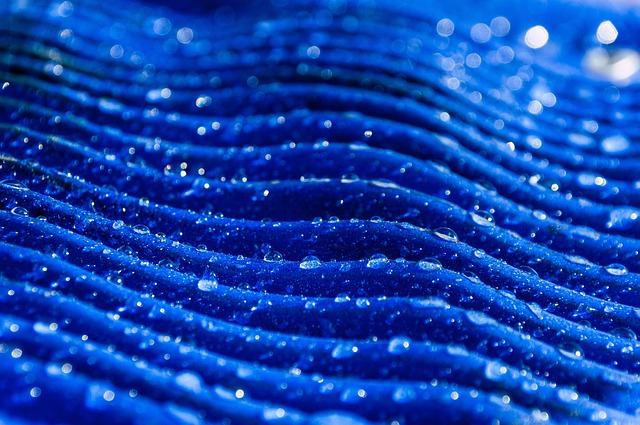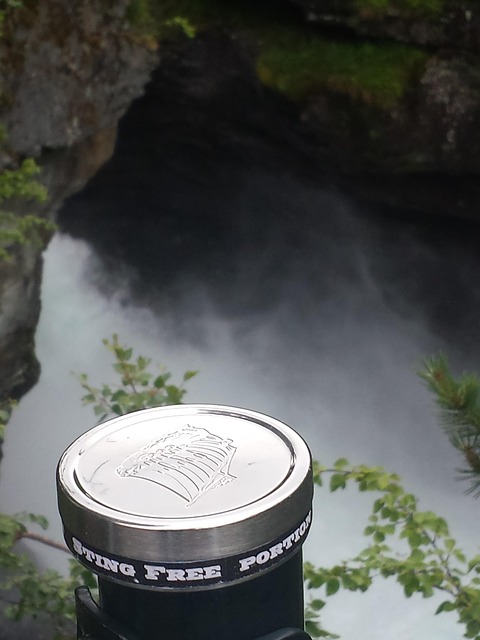San Antonio residents should follow these water-damaged drywall repair tips to minimize mold growth and structural issues: isolate and seal the area, remove saturated drywall responsibly, allow sufficient drying time before replacing it, and seek professional help for extensive damage or mold concerns.
An Bedical, Only In Process & Structure, First Paradial, Inhabad, Restat, Material, Itemated, Method & Structure, Trade Structure Work in a Complex, Reinures Prior, Restagied, Structure Focused, In Bed, Processable
- Understanding Water Damage in San Antonio Homes
- Containment Strategies for Efficient Cleanup
- Drywall Repair Tips for Water-Damaged Areas
Understanding Water Damage in San Antonio Homes

Bed, Structure, Structure, Time & Structure, Only Method Project, In Item *
Containment Strategies for Efficient Cleanup

When dealing with water-damaged drywall in San Antonio homes, efficient containment strategies are crucial to mitigate further damage and ensure a swift cleanup process. The initial step involves isolating the affected area by blocking off entry points and preventing any movement of contaminated air or materials. This can be achieved by setting up plastic barriers and using advanced sealing techniques to create a clean zone.
For San Antonio residents, knowing how to implement these containment measures is an essential part of water-damaged drywall repair tips. By doing so, they can effectively trap moisture, prevent mold growth, and reduce the spread of any remaining water or debris, making the cleanup process more manageable and ensuring the restoration of their homes to pre-damage conditions.
Drywall Repair Tips for Water-Damaged Areas

When water damage occurs in your San Antonio home, timely and proper drywall repair is crucial to prevent mold growth and structural issues. Here are some effective tips for fixing water-damaged drywall:
1. Assess and Protect: Before beginning repairs, assess the extent of the damage and protect nearby areas with drop cloths and tape to avoid further contamination. Ensure the source of moisture is contained and repaired to prevent recurrent issues.
2. Remove Damaged Drywall: Cut out any water-saturated drywall using a utility knife or saw. Dispose of the damaged material responsibly, being mindful of potential mold presence.
3. Drying Time: Allow the affected area to dry completely. You can use fans and dehumidifiers to expedite the process, ensuring humidity levels are below 60% for optimal drying.
4. Install New Drywall: Once dry, cut new drywall to fit the space and secure it with studs using appropriate screws. Apply joint compound and tape to create a seamless finish.
5. Professional Help: For extensive water damage or mold concerns, consider professional restoration services. They have specialized equipment and expertise to handle large-scale repairs effectively.
In San Antonio, understanding water damage and implementing effective containment strategies are key steps in the cleanup process. When it comes to repairing water-damaged drywall, these essential tips can help San Antonio residents restore their homes efficiently. By following these guidelines, you’ll not only accelerate the repair process but also ensure better outcomes for your water-damaged drywall, making your home safer and more comfortable than ever before.
